What To Expect From Shopping Trends In The Next Decade
The landscape of shopping is evolving rapidly. With technological advancements, changing consumer behaviors, and shifts in global economics, the next decade promises significant transformations in how people shop. From the rise of artificial intelligence to sustainability becoming a central focus, the shopping experience will continue to change in ways that may seem unimaginable today. In this article, we’ll explore the key trends that are expected to shape the future of shopping and what consumers and businesses can expect.
The landscape of shopping is evolving rapidly. With technological advancements, changing consumer behaviors, and shifts in global economics, the next decade promises significant transformations in how people shop. From the rise of artificial intelligence to sustainability becoming a central focus, the shopping experience will continue to change in ways that may seem unimaginable today. In this article, we’ll explore the key trends that are expected to shape the future of shopping and what consumers and businesses can expect.
The Growing Influence Of Artificial Intelligence (AI)
AI is already making its mark in various industries, and retail is no exception. In the next decade, we can expect AI to become even more ingrained in the shopping experience. From personalized recommendations to smarter inventory management, AI will improve the convenience and efficiency of shopping for both consumers and businesses.
For consumers, AI-powered tools like virtual shopping assistants and personalized product suggestions will become more sophisticated, offering tailored experiences that anticipate their needs. Imagine a shopping platform that not only remembers your past purchases but also predicts what you might need next based on your preferences, behavior, and even the time of year. AI will be able to streamline the decision-making process, making shopping faster and more convenient.
For businesses, AI will enable smarter inventory management and supply chain optimization. Retailers will be able to forecast demand more accurately, reducing waste and improving profitability. Automation in customer service will also become more common, with chatbots and virtual assistants handling queries and transactions, leaving human employees to focus on more complex tasks.
Augmented Reality (AR) And Virtual Reality (VR)
Another technology that will shape the future of shopping is augmented reality (AR) and virtual reality (VR). These immersive technologies are already being tested in some retail environments, but their full potential has yet to be realized. Over the next decade, AR and VR will likely play a major role in transforming how people experience products before buying them.
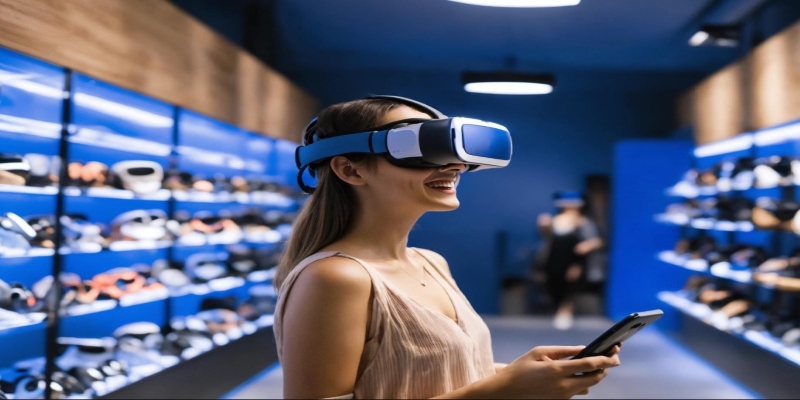
With AR, consumers will be able to visualize products in their own homes before making a purchase. For example, someone looking to buy a new piece of furniture could use their smartphone or AR glasses to see how it would look in their living room. This will give customers a better sense of scale, color, and design, improving the chances of them making a confident purchase.
VR, on the other hand, can take shopping to the next level by offering entirely virtual shopping environments. Customers will be able to browse virtual stores, try on clothes, or test out products without ever leaving their homes. This could lead to a more immersive and enjoyable shopping experience, blurring the line between online and in-store shopping.
Sustainability And Ethical Consumption
As awareness about environmental issues continues to grow, sustainability will become a key factor in consumer purchasing decisions. In the next decade, we can expect an increased demand for eco-friendly products, ethical business practices, and transparency in supply chains. Consumers will increasingly seek brands that prioritize sustainability, whether it’s through using recycled materials, reducing carbon emissions, or adopting fair labor practices.
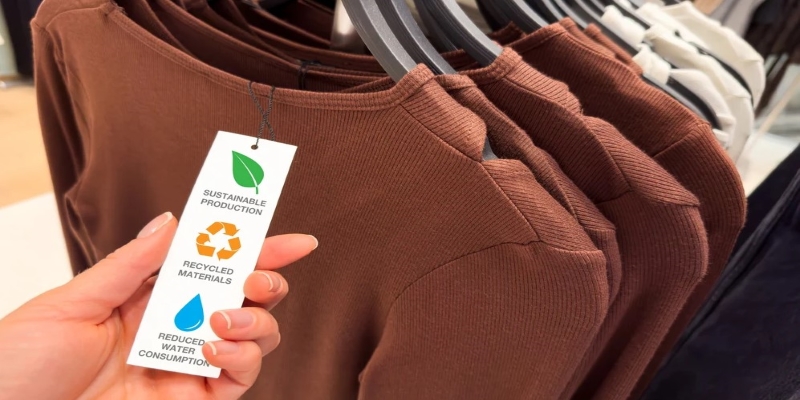
Retailers will need to respond to this shift by embracing more sustainable practices in their operations. This could involve sourcing products responsibly, reducing waste through better packaging, and offering more eco-friendly alternatives. Businesses that fail to adapt to this trend risk losing customers to competitors who are more in tune with consumers’ environmental concerns.
Moreover, the demand for second-hand goods is expected to rise. As sustainability becomes more mainstream, many consumers will choose to buy pre-owned items, particularly in categories like clothing, electronics, and furniture. The growing popularity of resale platforms and circular economy models will contribute to this shift, making it easier for people to buy and sell used products.
The Future Of Delivery
The convenience of fast and efficient delivery has become a major expectation for consumers, and in the next decade, we can expect significant advancements in this area. The rise of drones and autonomous vehicles will revolutionize the way products are delivered.
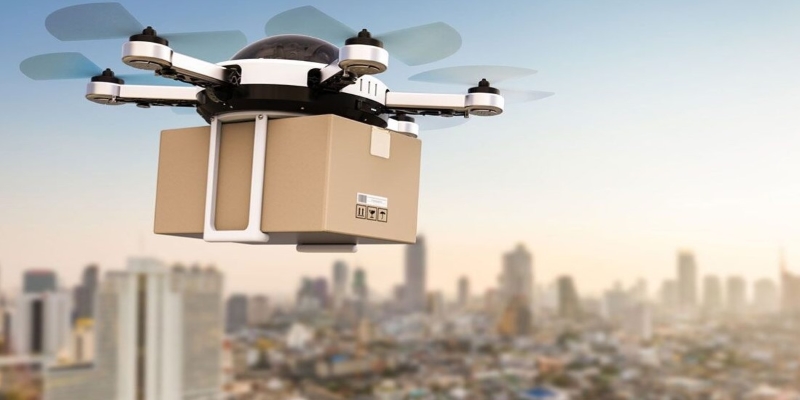
Drones, for example, could provide ultra-fast delivery options, particularly for smaller items like electronics or clothing. In some areas, drones could be used to drop off packages within hours of an order being placed, reducing the need for traditional delivery trucks and human drivers.
Autonomous vehicles, including self-driving trucks, will also help improve delivery efficiency, especially for larger items or bulk orders. These vehicles can operate 24/7, reducing delivery times and cutting costs. With autonomous delivery solutions, companies will be able to offer even faster and more reliable service, making it easier for customers to receive their orders quickly. While the widespread use of drones and autonomous vehicles is still in its early stages, they are expected to become more common over the next decade, reshaping the logistics and delivery landscape.
The Rise Of Social Commerce
Social media has already influenced shopping habits, but the role of social commerce will grow exponentially in the next decade. Social commerce refers to the integration of shopping features within social media platforms, allowing users to buy products directly through apps like Instagram, TikTok, and Facebook.
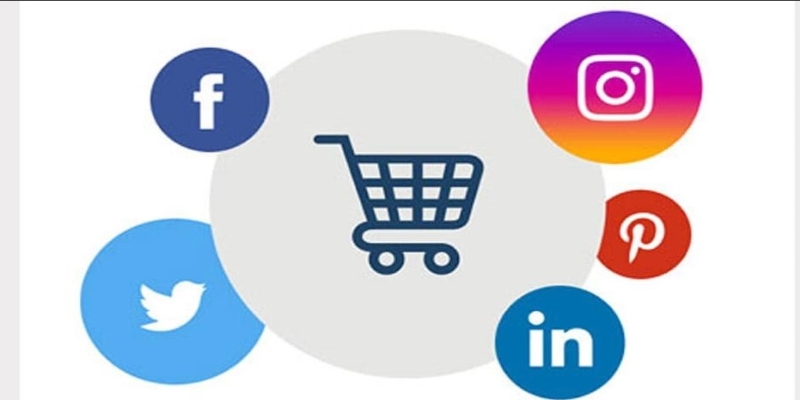
These platforms are already experimenting with “shoppable” posts and in-app checkout options, and this trend is likely to become even more prominent in the years to come. As social media continues to dominate the digital landscape, it will increasingly serve as a platform for discovering, browsing, and purchasing products.
This shift is driven by the growing influence of social media influencers and the power of peer recommendations. Consumers are increasingly making purchasing decisions based on what they see on social media, whether it’s from friends, influencers, or brands themselves. In the next decade, we can expect even more seamless shopping experiences integrated into social media apps, allowing users to make impulse buys without ever leaving the platform.
Omnichannel Shopping
The idea of omnichannel shopping is not new, but over the next decade, we can expect it to evolve into a more integrated experience. Omnichannel refers to the ability to shop across different platforms—online, in-store, via mobile apps, or through social media—and have a seamless experience.
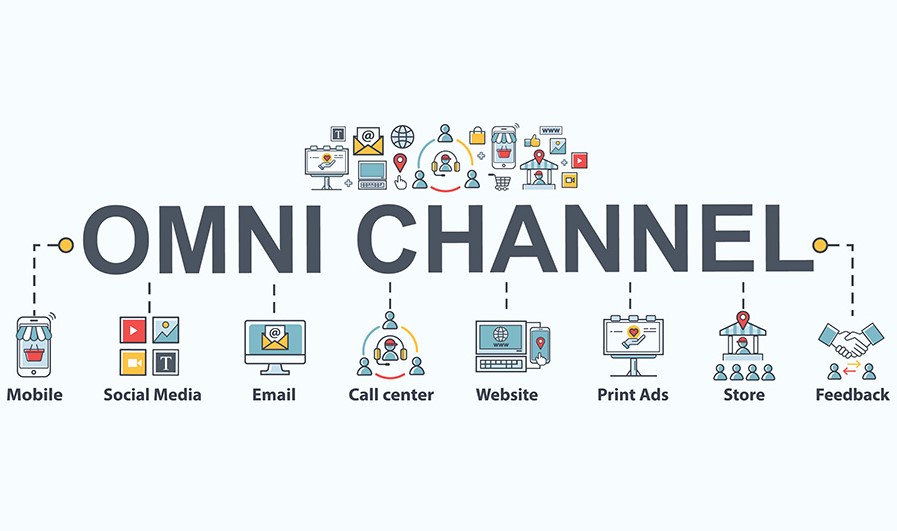
In the future, consumers will expect a unified experience where they can easily switch between online and offline shopping, depending on their preferences. For instance, someone may browse a store's website, order a product online, and then pick it up at a physical location. Or they might be in a store, use their phone to check product reviews, and then place an order for home delivery.
Retailers will need to invest in technology that ensures a smooth transition between the digital and physical worlds. This could involve creating better integration between brick-and-mortar stores and their e-commerce platforms and improving mobile shopping experiences. As technology advances, the gap between physical and digital shopping will continue to shrink, offering customers more flexibility and convenience.
Data Privacy And Consumer Trust
As shopping becomes increasingly digital, data privacy will remain a critical issue. Consumers are becoming more aware of how their data is used, and trust will become a major factor in their purchasing decisions. In the next decade, businesses will need to prioritize protecting consumer data and being transparent about how they collect and use information.
Customers are likely to demand more control over their data, opting for brands that offer clear privacy policies and respect their information. Businesses that fail to address data privacy concerns risk losing customer trust, which can have long-term effects on their reputation and bottom line.
Conclusion
The next decade promises to bring exciting changes to the world of shopping. From advancements in AI and immersive technologies like AR and VR to a growing focus on sustainability and ethical consumption, the way we shop is set to evolve in remarkable ways. Fast delivery, social commerce, and omnichannel experiences will shape consumer expectations, while businesses must adapt to new technologies and demand to stay competitive.
As these trends unfold, one thing is clear: the shopping experience will become more personalized, efficient, and connected. Businesses that embrace these changes and prioritize customer-centric approaches will be the ones that succeed in the next decade.